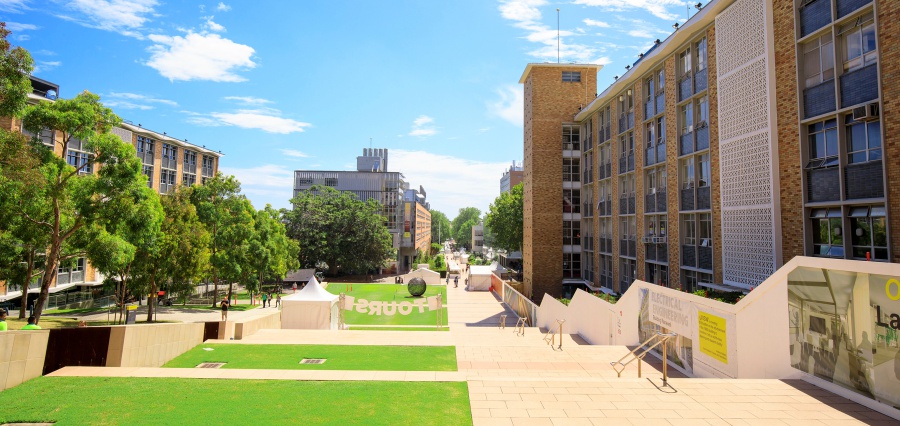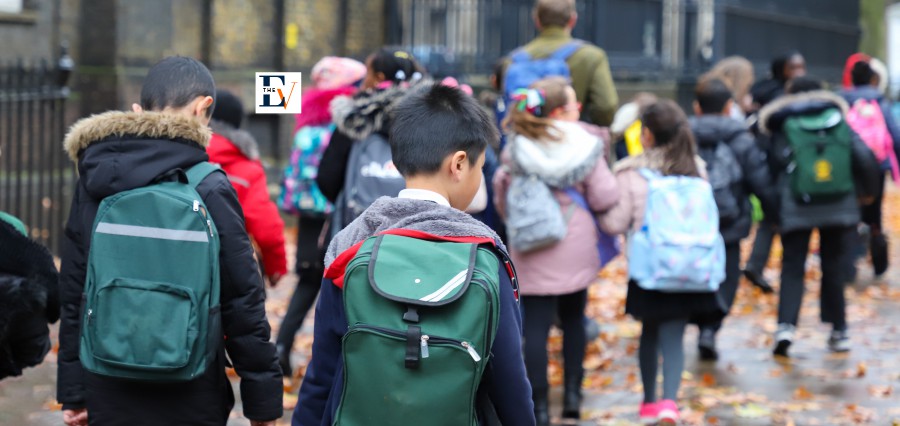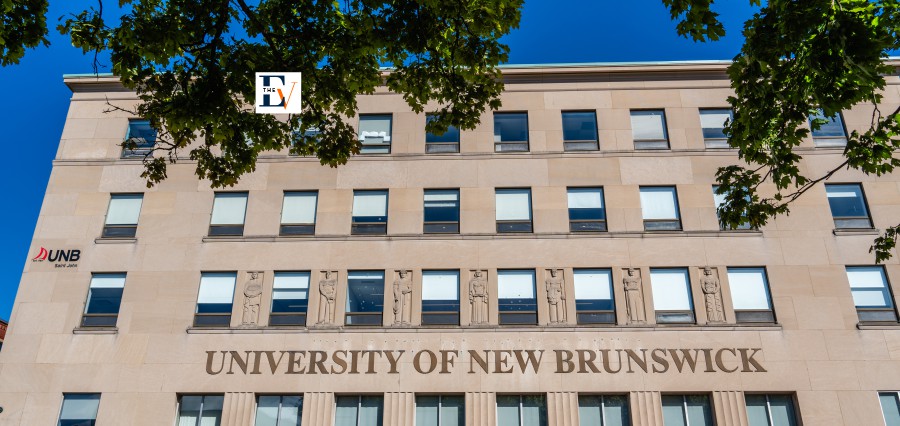International immigrants in the US have increased dramatically from 153 million in mid-1990 to 271 million in mid-2019 (United Nations, 2019), resulting in significantly more cultural diversity in modern nations. Cultural diversity, the existence of a variety of cultural groups within a society, is vital.
Cultural groups encompass not only race and ethnicity but also sexual orientation, gender, age, and a variety of other factors. The emergence of new cultural groups posed several educational challenges. Language barriers have long been a major issue in America – and other Western countries – since public education has placed a strong focus on teaching English and assimilation into the adoptive culture, which has harmed incoming immigrants.
Then followed the establishment of multicultural and multilingual education, which aimed to address the issue of racial and linguistic prejudice in schools. However, issues relating to cultural diversity continue to exist today, and they are far more complex and troublesome than they were decades ago. As a result, multicultural education is more important than ever in breaking down prejudices, bigotry, and bullying in schools, ensuring that our newly adopted citizens feel welcomed and included.
A textbook cannot teach multicultural education. It must be created by each teacher for a specific student group.
Here are some ways to implement multiculturalism in the classroom:
Make Assignments That Are Multicultural in Nature
Classroom assignments, if implemented wisely, can provide a crucial window into a student’s cultural values. Writing projects can help teachers and educators learn more about their students’ cognitive patterns and habits. Interviews with family members, tasks requiring students to write about outside-of-school learning experiences, and assignments including family stories and rituals can all help uncover knowledge about a student’s cultural history. Parents may provide helpful personal information, and visiting communities where diverse students reside can help educators get a sense of the level of social support available and the types of problems that the student may experience outside of the classroom.
Be Conscious of Your Prejudices
To truly grasp the importance of multiculturalism in schools, teachers must first analyze their own cultural beliefs, attitudes, and biases. Then potential educators are ready to start learning about various cultures, getting to know their future students’ beliefs, traditions, communication styles, learning preferences, contributions to society, and relationship patterns. While some of this education can be obtained by just reading about cultural diversity, true engagement and discourse with members of students’ cultures are difficult to replace.
Encourage Your Students to Take Pride in Their Ethnic Background
Educators should look for ways to highlight student differences in a positive light. This could include writing essays about one’s family history or collaborating with other kids to generate projects that highlight the culture of the other. This could include prompts to look back on generations of family history or to invite pupils to consider their current family situation.
Allocation of Resources
Multicultural education is primarily centered on the notion of equity, which states that educational resources, programs, and learning experiences should be allocated and distributed based on need and fairness rather than strict equality. Students who do not speak English, for example, may learn in bilingual environments and read bilingual texts, and they may get comparatively more instructional support than their English-speaking peers in order to avoid falling behind academically or dropping out owing to language barriers.
Individual, Social, and Civic Engagement
Multicultural education has the aim of assisting students in gaining the information and commitments necessary to make reflective judgments and take personal, social, and civic action in support of democracy and democratic living. Students benefit from opportunities for action because they develop a sense of personal and civic effectiveness and faith in their potential to affect change in the institutions in which they live and settings in which to use what they’ve learned.
Student’s cognitive and moral growth levels should be considered while planning action activities and projects. Practicality and feasibility should be taken into account as well.
Students will be better equipped to participate in personal, social, and civic actions that are required for citizens in a democratic, pluralistic society if they acquire knowledge about the nation and the globe from the perspectives of the many groups that affected historical and contemporary events.
Conclusion
Multicultural classrooms are those that value variety and incorporate ideas, beliefs, and individuals from many countries and cultures. To provide students with a truly worldwide education, several cultural viewpoints are combined.
One of the most significant advantages of a multicultural classroom is that children are encouraged to learn about the cultural origins of their classmates, which is beneficial for them in many ways.






